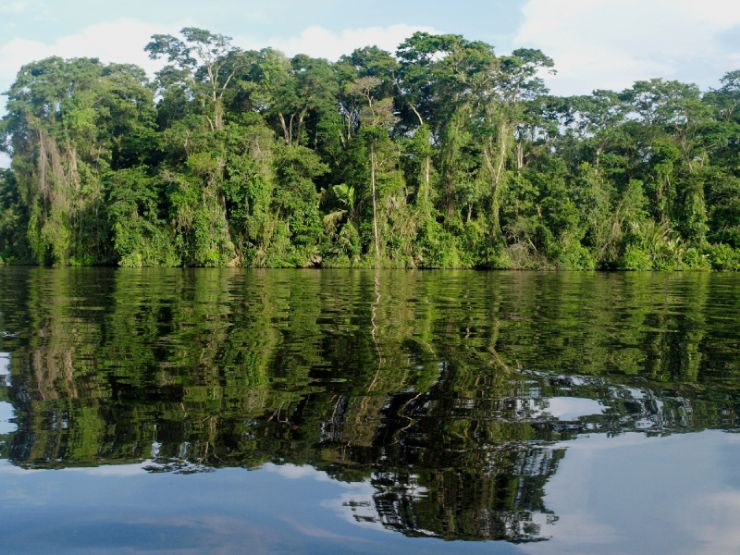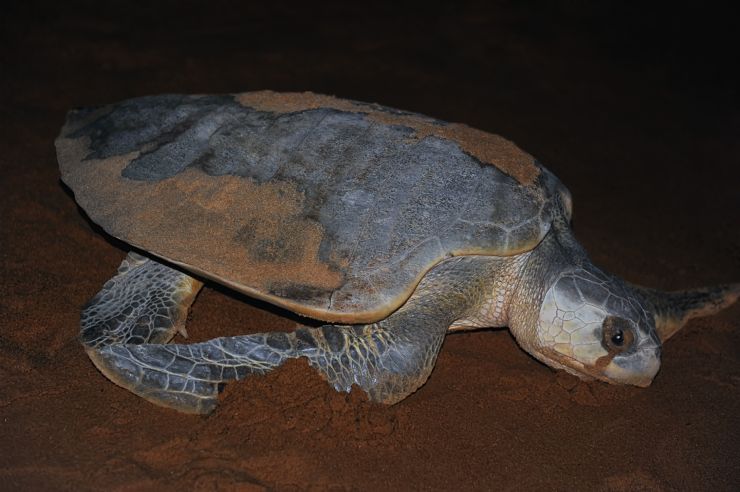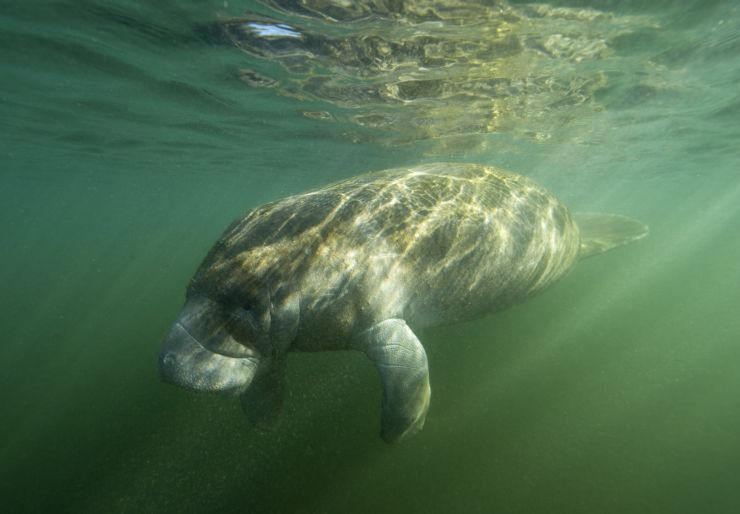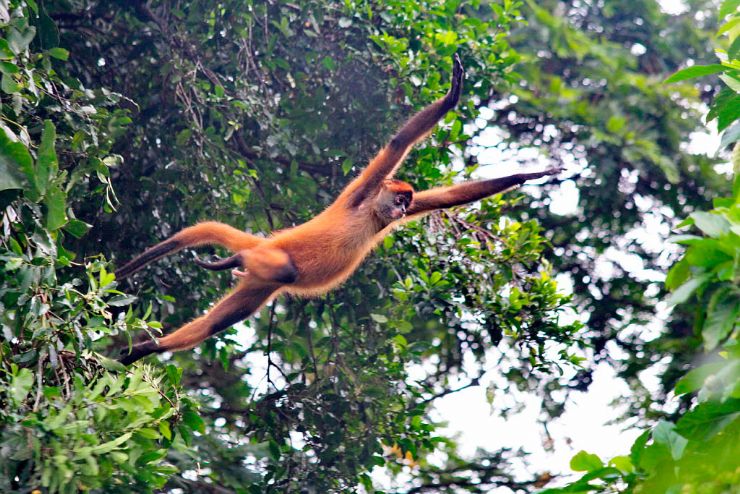
The calm waters of Tortuguero
You know you're going somewhere special when the only means of transportation is by plane or boat! Although I can travel to Tortuguero much easier than humans, this tiny town in Limon has no roads leading to it. I've heard that getting there is an experience in itself. A boat ride will take you along the Canal de Tortuguero through towering rainforests and vast wetlands. You'll want to keep all eyes and ears open on this journey because Tortuguero is primarily populated by wildlife! When you're planning what to do in Costa Rica, make sure a visit to Tortuguero, Limon, is on the list.
Grab your Boots...or canoe!
Many people travel to Tortuguero because of its 11 ecological habitats. Ranging from spacious rainforests to marshes and wetlands, it's easy to see why this area is popular. I'm not sure why, but wetlands get a bad rap from some people. Maybe it's because scaly reptiles tend to live in these areas (everyone knows amphibians are cuter, right?), but I think this is one of the greatest parts of Tortuguero! An extensive network of canals and creeks interrupted by volcanic hills and rainforests have created natural vegetation and a highly diverse range of plant and animal species - one of the highest in Costa Rica! Formed by the merging of deltas that overflowed ancient canals of Nicaragua, the wetlands of Tortuguero have grown because the area is one of the rainiest regions of the country.

Olive Ridley turtle in Tortuguero National Park
Area Wildlife
I have many friends that live here - the area is home to 57 species of amphibians - but there is a vast array of other wildlife you may see in the wetlands, lagoons and forests. Home to more than 300 species of birds, 60 mammals, 111 reptiles and 13 of Costa Rica's 16 endangered species, it's no surprise that Tortuguero is one of the top destinations for travelers. If you're lucky enough, you may get a peak at one of the highly endangered manatees of Tortuguero. Rumors spread through the rainforest that manatees didn't even exist until they were found in remote lagoons in Tortuguero. These gentle giants have moved west to avoid noise and traffic, and only about 100 are thought to exist anymore, but I've met a few on my journeys and, let me tell you, they are very special creatures.
7 Days / 6 Nights
Starting at $779 per person
If you're familiar with Spanish, you may realize Tortuguero roughly translates to "Land of the Turtles", and this title doesn't disappoint! While manatee sighting are hard to come by, It's much more likely that you'll see green sea turtles because the park protects a nesting ground where turtles arrive each year to lay their eggs. Depending on what time of the year you plan your visit in Costa Rica, you may see a different species. You can often see turtles sunbathing on logs, too!
Crocodiles, crustaceans and roughly 30 species of fresh water fish also live in these areas of the park. You'll want to look to the sky on your visit as well, because there are many different aquatic birds that live here.
I have a lot of family members and friends that live in Tortuguero because we love living in moist wetlands and forests. Although we are really good climbers - we can reach almost 4,000 feet - we like to stay low to the ground most of the time. We're not hard to miss either! Even though our bodies blend into the plants, our bright red eyes can sometimes blow our cover.
One of my favorite creatures to see in Tortuguero is the toucan. They fly high in the forests, but can also be seen at sea level. The Keel-billed toucan, which some people also call the rainbow-billed toucan, can be seen and heard throughout the park. Sometimes they actually sound like a cricket, but they are just singing with their flock of feathered friends. You may be able to catch a glimpse of one of these brightly hued birds as they search for berries.

West Indian Manatee in Tortuguero
Flora
Even though you'll always be on the lookout for animals in the area, make sure to pay attention to the trees and flowers in Tortuguero. There are more than 400 species of trees and roughly 2,200 species of other plants in the park. The incredible humidity helps many plants flourish in the area, and you'll often see other plants growing on the trucks of trees.
When to Visit
Rain falls throughout the year here, but the wettest months are January, June and July, with the driest being February, April and November. Tortuguero will often experience monsoon-like downpours at the spur of the moment, but late afternoon and evenings are more prone to torrential rain. If you'd really like to see the turtles of the area, the best months to travel are August through November.

Jumping Spider Monkey in Tortuguero

